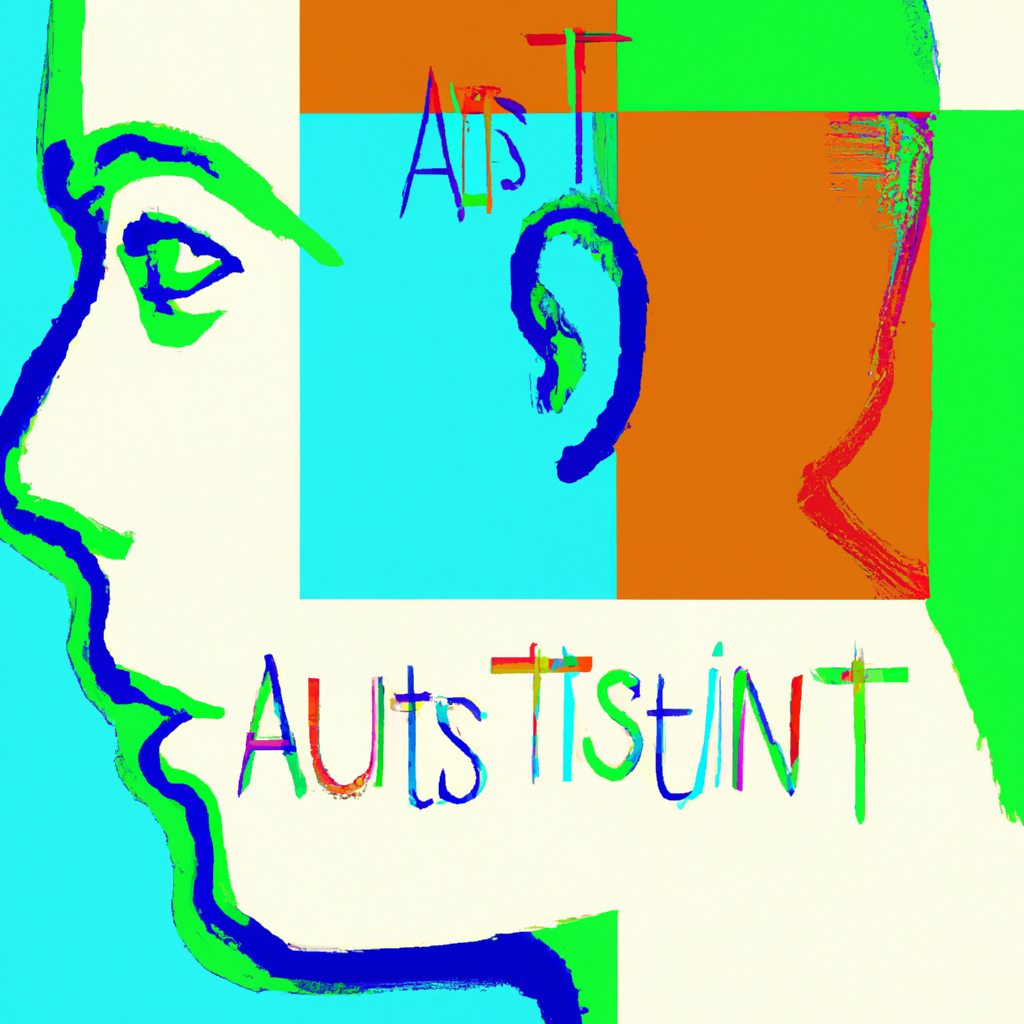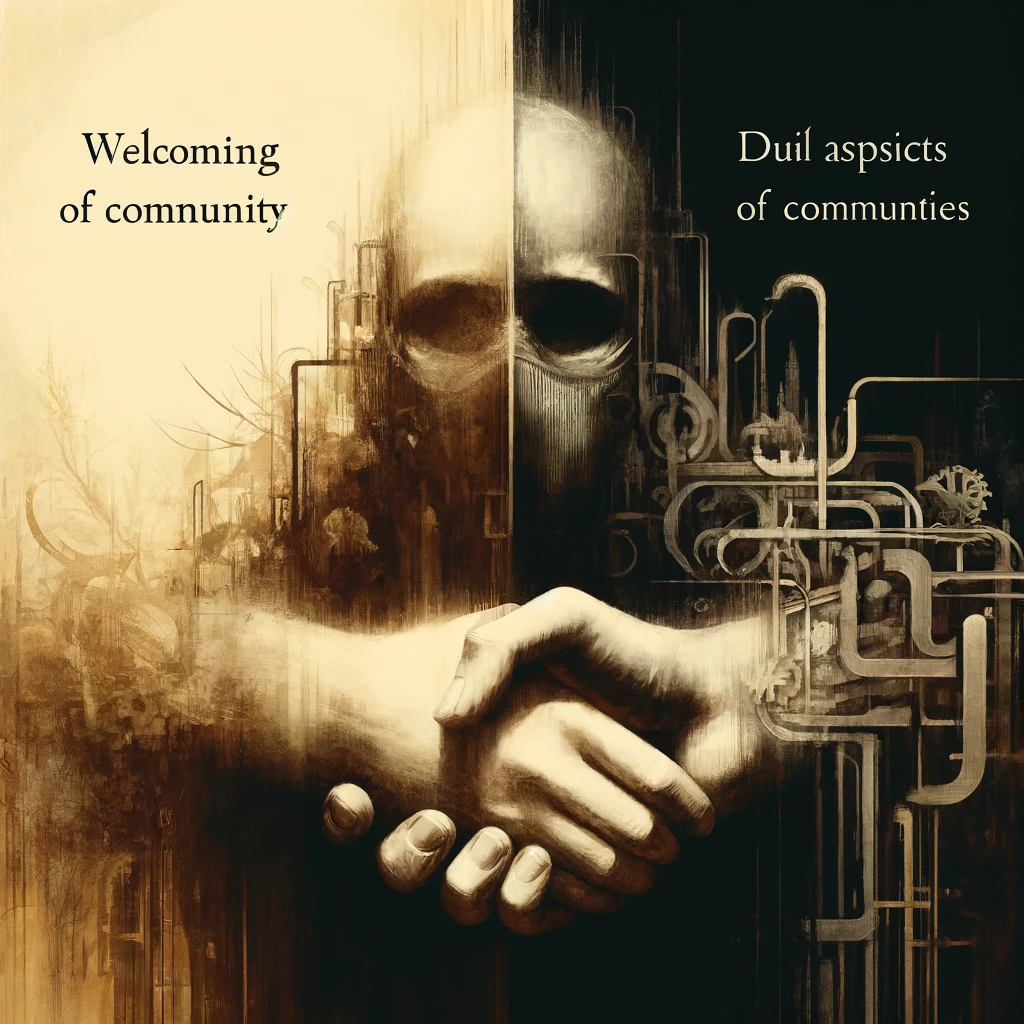Your cart is currently empty!

The Double-Edged Sword of Glamorizing Autism: A Call for Nuanced Understanding
One of the most immediate consequences of glamorizing autism is the invalidation
As awareness about autism grows, the peril of glamorizing the condition becomes increasingly apparent. While well-intentioned, glamorizing autism can have detrimental effects, ranging from the trivialization of the struggles faced by individuals on the spectrum to misguided policy decisions. This editorial explores the multi-faceted implications of such glamorization by examining the complexities of autism, financial and policy implications, the risk of misdiagnosis, and the need for cultural sensitivity.
Introduction
Autism spectrum disorder (ASD) has garnered increased attention in recent years, partly due to social media’s rise and increased representation in popular media. While awareness and advocacy are critical for de-stigmatization and inclusion, the glamorization of autism poses numerous risks. Despite the intention to portray autism in a more positive light, the glamorization phenomenon often reduces the complex experiences of autistic individuals to a set of quirky traits or extraordinary abilities.
The Complexity of Autism
The autistic experience is multifaceted and individualized. Autism is a spectrum disorder, implying that individuals can range widely in terms of both challenges and abilities (American Psychiatric Association, 2013). While some individuals exhibit specialized skills in mathematics, arts, or music, others may face severe impairments affecting daily functioning. Glamorizing autism based on exceptional abilities not only oversimplifies a complex condition but also perpetuates misleading stereotypes.
Invalidation of Struggles
One of the most immediate consequences of glamorizing autism is the invalidation of the daily challenges faced by many on the spectrum. The #ActuallyAutistic movement on social media platforms like Twitter aims to give autistic individuals a voice to share their experiences. Yet, these narratives are often overshadowed by portrayals that focus on “savant” abilities or romanticize the struggles associated with autism. Sensory sensitivities, social difficulties, and co-occurring mental health conditions are just some of the challenges many autistic people face. Glamorizing autism risks trivializing these struggles and diverting attention and resources from pressing issues.
Financial and Policy Implications
Increased awareness should ideally lead to more significant investment in research, intervention programs, and support systems. However, glamorizing autism risks skewing public perception, leading to complacency in policy decisions. In other words, if autism is glamorized as a “gift” or as a “different but not less” condition, this could diminish the urgency for funding essential services and interventions. For example, the “Autism Speaks” movement, despite its controversy within the autism community, emphasizes the need for early intervention and support services, which may not align with a glamorized perspective that overlooks the complex needs associated with the condition.
Risk of Misdiagnosis and Self-Diagnosis
The allure of a glamorized autism narrative may encourage individuals to seek a diagnosis as a form of social or personal validation rather than as a means of obtaining needed support and resources. This poses a risk for misdiagnosis, as clinicians face increasing pressure to diagnose borderline cases that may not meet the established criteria. The trend of self-diagnosis on social media platforms can further muddy the diagnostic waters, potentially diluting the impact and meaning of a formal diagnosis.
Cultural Sensitivity and Equality
Glamorizing autism may inadvertently focus predominantly on middle- to upper-class white experiences, thereby perpetuating existing inequalities in diagnosis, treatment, and social support (Magaña et al., 2013). The neurodiversity movement, which emerged in the late 1990s, seeks to embrace neurological differences but often neglects the intersectionality of race, gender, and social class in the autistic experience (Robertson, 2010). In glamorizing autism, it is crucial to include diverse narratives that encompass a broader range of lived experiences.
A Call for Nuanced Conversations
Autism is neither a monolith nor a condition that can be easily slotted into a one-dimensional narrative. The trend toward glamorizing autism, though well-intentioned, can hamper genuine efforts for advocacy and inclusion (Ne’eman, 2010). The autism community needs a balanced discourse that includes both the challenges and the gifts associated with autism. Future advocacy should focus on a nuanced understanding that facilitates education, policy-making, and support tailored to individual needs.
Conclusion
While the rise in autism awareness is a step in the right direction, it carries the risk of glamorizing the condition at the expense of a nuanced understanding. We must strive for a balanced conversation that acknowledges both the gifts and challenges of autism. Such a discourse will empower more accurate diagnoses and fair policy-making and create a genuinely inclusive society.





Leave a Reply